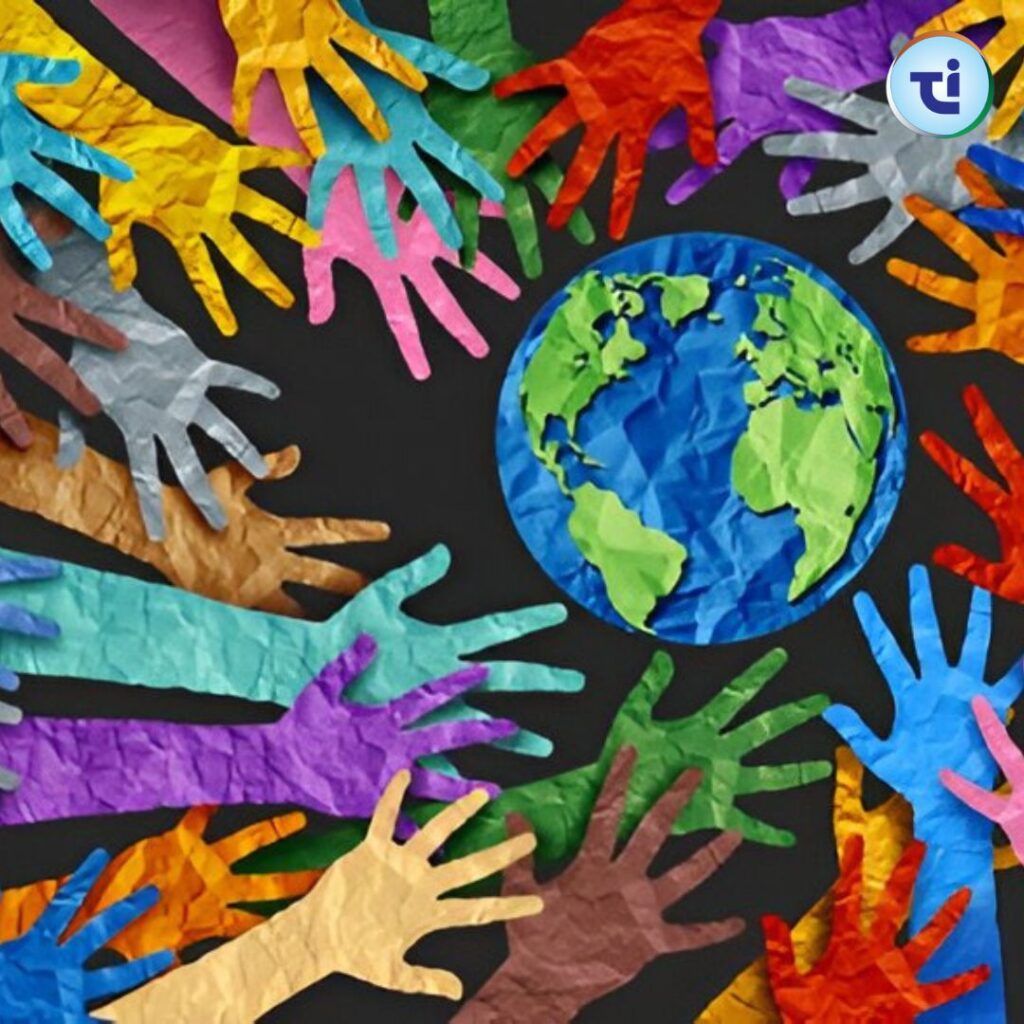India is a country that stands as a shining example of Unity In Diversity. With a history stretching back thousands of years, it is home to a rich tapestry of cultures, languages, religions, and traditions. Despite the vast differences among its people, India has remained united, bound together by a shared sense of history, values, and identity. The concept of Unity In Diversity In India is not just a political or social ideal—it is the very essence of the nation’s soul.
Meaning of Unity In Diversity
Unity in diversity refers to the coexistence of varied cultures, traditions, religions, and ethnic groups within a single nation while maintaining mutual respect and harmony. In the Indian context, it means that people with different ways of life, beliefs, and customs can live together peacefully and support one another.
India’s diversity is seen in every aspect—be it language, cuisine, clothing, music, or festivals. Yet, this diversity does not divide the nation; instead, it strengthens the sense of belonging and unity among its citizens. This unique blend of differences and togetherness is what makes Unity In Diversity In India so special.
Historical Roots of Unity in Diversity
The roots of Unity In Diversity In India can be traced back to ancient times. India’s history is full of examples where different dynasties, kingdoms, and empires embraced people of various faiths and ethnicities.
- Maurya Empire (322–185 BCE): Under Emperor Ashoka, India saw the spread of Buddhism while maintaining respect for Hinduism and Jainism.
- Mughal Empire (1526–1857 CE): The Mughal rulers promoted cultural amalgamation by blending Persian, Indian, and Central Asian traditions in art, architecture, and administration.
- Freedom Struggle: Leaders like Mahatma Gandhi, Jawaharlal Nehru, and Subhas Chandra Bose brought together people from all communities to fight for independence.
From ancient civilizations along the Indus Valley to modern democratic India, unity has always been a binding thread.

Cultural Diversity in India
India’s cultural landscape is as vast as its geography. It is a land where more than 22 official languages and over 1,600 dialects are spoken. Every state has its own distinct traditions, cuisines, and forms of art.
- Languages: Hindi, Bengali, Tamil, Telugu, Marathi, Gujarati, Malayalam, and many others form the linguistic diversity of the nation.
- Festivals: Diwali, Eid, Christmas, Baisakhi, Pongal, Onam, and Navratri are celebrated with equal joy across different communities.
- Art and Music: Bharatanatyam, Kathak, Bhangra, Qawwali, Hindustani classical, and Carnatic music are just a few of the many artistic expressions in India.
This diversity fosters creativity, innovation, and cultural exchange, which further strengthens Unity In Diversity In India.
Religious Harmony
India is the birthplace of major religions like Hinduism, Buddhism, Jainism, and Sikhism. It also embraces Islam, Christianity, Judaism, Zoroastrianism, and many tribal faiths. The peaceful coexistence of these religions is one of the most remarkable aspects of Unity In Diversity In India.
Places of worship such as temples, mosques, churches, and gurdwaras often stand close to each other, symbolizing mutual respect. Religious festivals are celebrated by people of all faiths, reinforcing a sense of unity.
Unity in Festivals
Festivals in India are not restricted to particular communities—they are celebrated collectively, often cutting across religious and regional lines. For instance:
- Diwali lights up the homes of not just Hindus but also Sikhs, Jains, and Buddhists.
- Eid sees people from other communities visiting Muslim friends to share in the feast.
- Christmas is celebrated by people of all faiths with joy and enthusiasm.
This collective participation is a living example of Unity In Diversity In India.
Geographical Diversity
India’s geography is incredibly diverse—snow-covered peaks in the Himalayas, fertile plains of the Ganges, arid deserts of Rajasthan, lush forests of the Northeast, and long coastal stretches. People adapt their lifestyles, clothing, and diets to suit their environments, yet share common cultural bonds as Indians.
From Kashmiri shawls to Kanchipuram silk sarees, from the spices of Kerala to the sweets of Bengal, India’s geography has influenced its rich cultural and economic life, uniting its people in mutual appreciation.
Role of Unity in the Freedom Struggle
The Indian freedom movement was a true demonstration of Unity In Diversity In India. People from different religions, castes, and regions joined hands for a common cause—freedom from colonial rule. The Salt March, Quit India Movement, and Non-Cooperation Movement saw mass participation from all corners of the country.
This unity became the strength that eventually led to independence in 1947.
Unity in Modern India
Post-independence, India has continued to uphold its principle of unity in diversity. The Indian Constitution guarantees equality, religious freedom, and cultural rights to all citizens. Institutions like the Election Commission, judiciary, and armed forces reflect diversity in their composition while functioning with a unified purpose.
Modern India’s achievements in science, sports, and global diplomacy are the result of contributions from people of varied backgrounds working together.
Challenges to Unity in Diversity
While Unity In Diversity In India is a source of pride, it faces challenges:
- Regionalism: Disputes between states over resources and boundaries.
- Religious Intolerance: Occasional conflicts between communities.
- Caste Discrimination: Social divisions that can weaken unity.
- Political Polarization: Differences in ideology leading to social unrest.
Addressing these challenges requires constant effort, dialogue, and respect for differences.
Promoting Unity in Diversity
To strengthen unity in diversity, India must:
- Encourage cultural exchange programs between states and regions.
- Promote inclusive education that teaches respect for all traditions.
- Uphold constitutional values of equality and secularism.
- Celebrate national festivals collectively to foster shared identity.
- Discourage divisive politics and promote common welfare.
Conclusion
Unity In Diversity In India is not just a phrase—it is the heartbeat of the nation. It is what makes India resilient in the face of challenges and vibrant in its cultural expression. The ability to respect and embrace differences while working towards common goals is a lesson the world can learn from India.
As Rabindranath Tagore beautifully expressed in his writings, the spirit of India lies in its acceptance of all, its love for harmony, and its unshakable belief in unity. In a world increasingly divided by differences, India’s example of unity in diversity remains a beacon of hope and inspiration.





